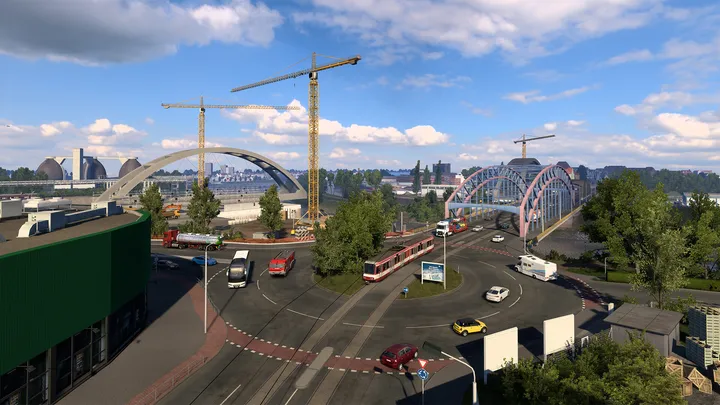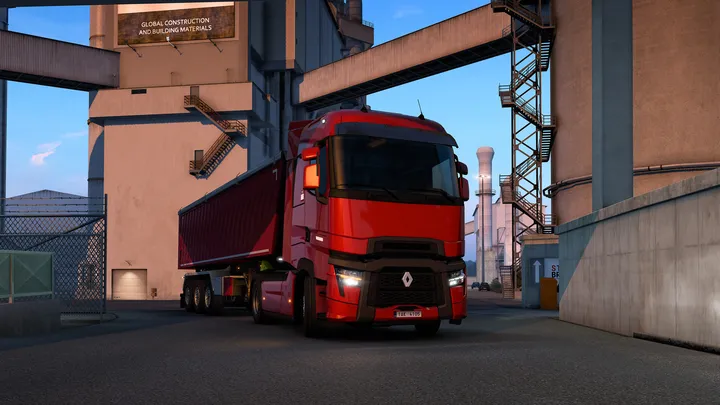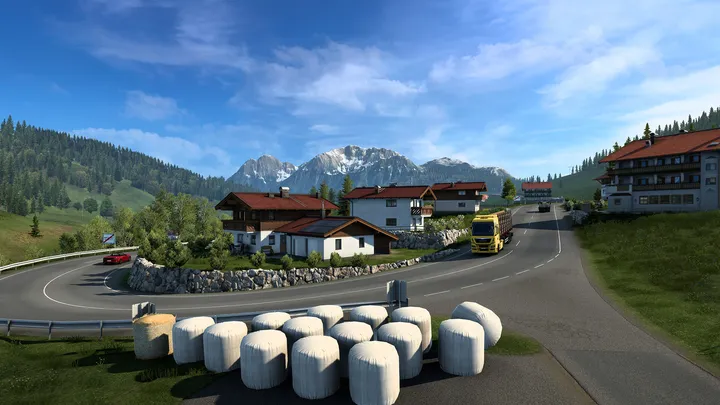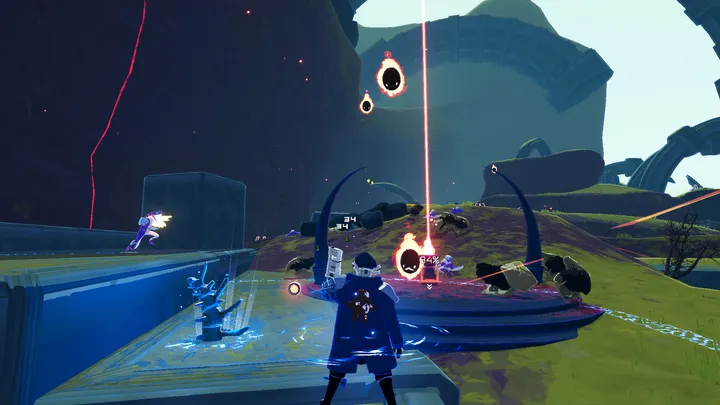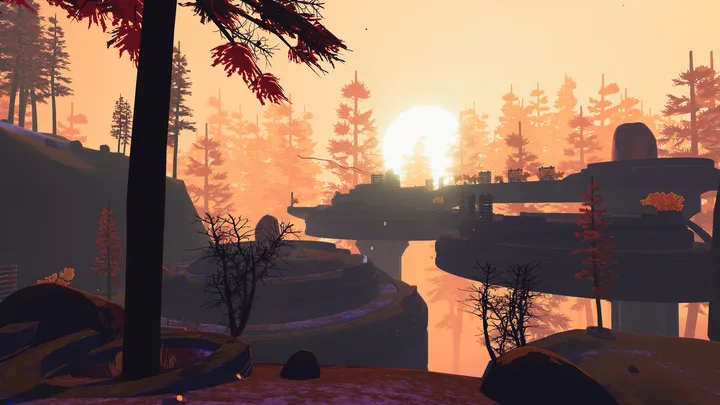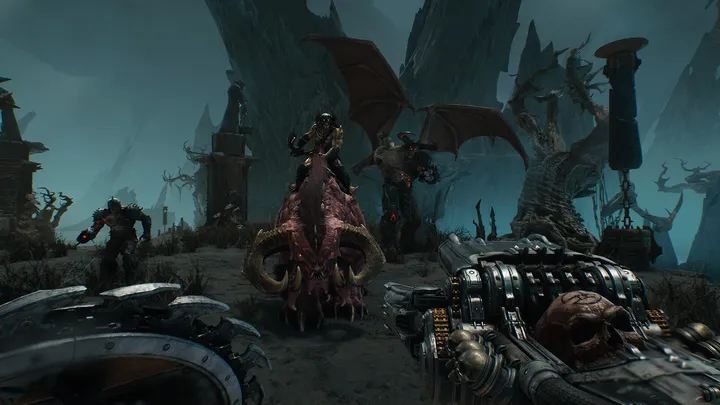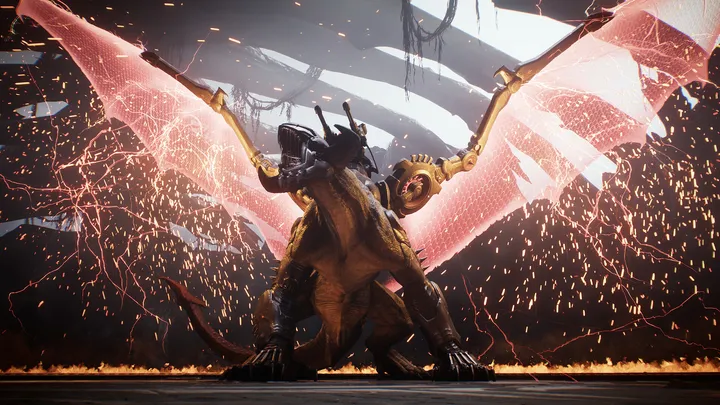NARAKA: BLADEPOINT is a battle royale that distinguishes itself through its fluid movement system and highly dynamic combat mechanics. Unlike traditional shooters or fighting games, every engagement is defined by verticality, parkour, grappling hooks, and weapon flexibility. This article examines how mobility and combat fluidity form the backbone of NARAKA gameplay, influencing strategy, progression, and player mastery.
1. The Core Philosophy: Mobility as a Weapon
In NARAKA, movement is not simply a way to traverse the map—it is an offensive and defensive tool. Players can climb, dash, grapple, and vault seamlessly, turning the environment into an extension of combat strategy.
Vertical Advantage
High ground offers tactical superiority, and grappling hooks make sudden ascents possible, allowing players to surprise enemies or escape dangerous situations.
Tactical Positioning
Mobility affects engagement timing; knowing when to dash, parry, or reposition can decide fights even before the first strike lands.
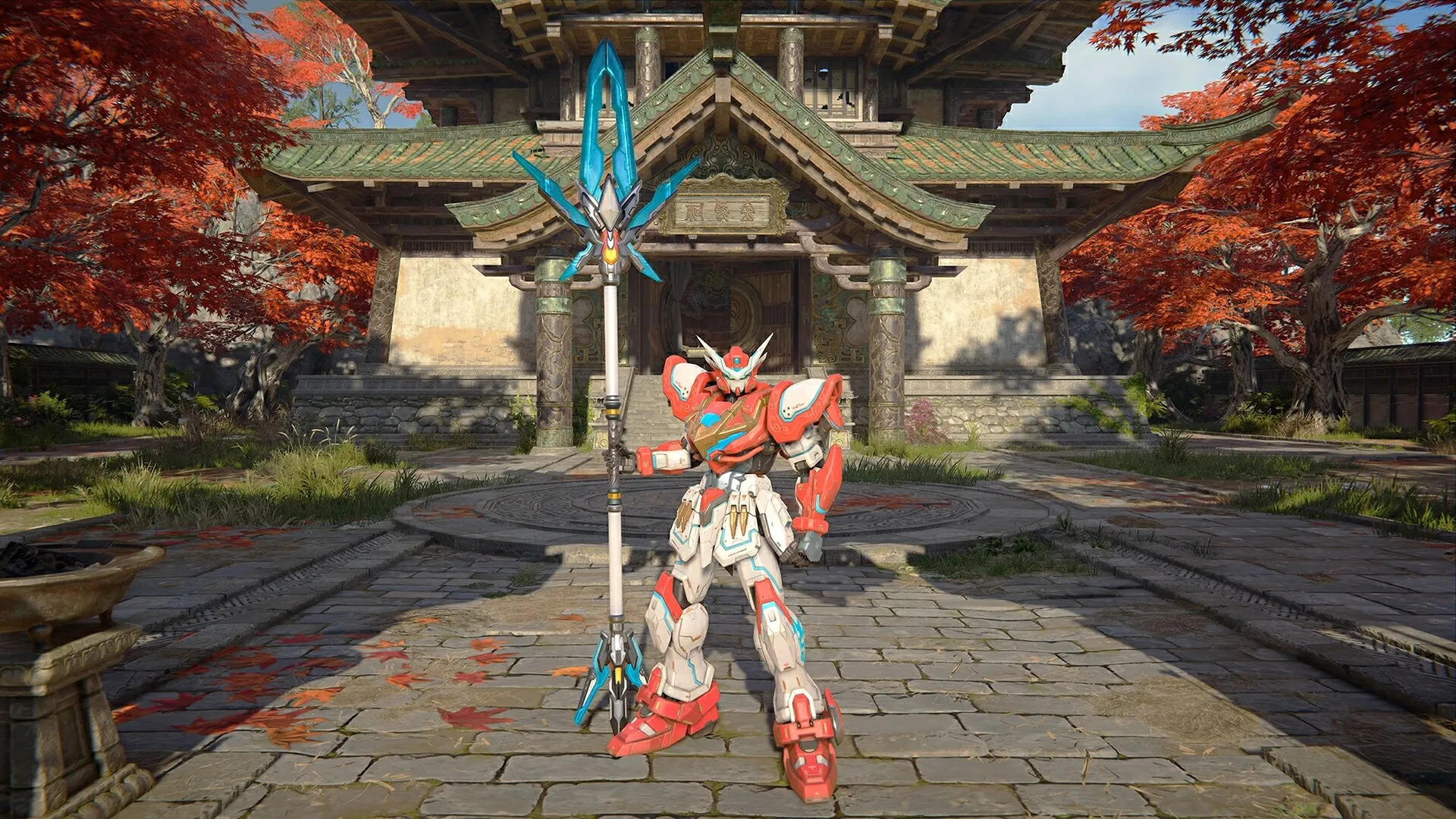
2. Grappling Hooks and Environmental Interaction
Grappling hooks are central to fluid gameplay. They allow players to traverse cliffs, scale buildings, and initiate attacks from unexpected angles.
Offensive Applications
Players can use hooks to close gaps instantly, perform aerial attacks, or bypass enemy defenses.
Defensive Applications
Hooks also enable retreats, repositioning, or dodging incoming attacks, making survival dependent on both skill and spatial awareness.
3. Parkour and Climbing Mechanics
Verticality is complemented by parkour. NARAKA’s climbing mechanics let players scale walls, swing from ledges, and traverse complex terrain fluidly.
Movement Creativity
Players can chain jumps, wall climbs, and grapples into fluid combos to outmaneuver opponents.
Environmental Mastery
Understanding terrain layouts is crucial; clever use of parkour can turn ordinary maps into lethal playgrounds.
4. Combat Fluidity and Weapon Integration
Combat fluidity is enhanced by the diverse weapon system. Melee weapons, ranged weapons, and throwable tools can be combined seamlessly in one encounter.
Chain Combos
Players can mix strikes, grapples, and blocks to create continuous attack sequences, keeping opponents under pressure.
Weapon Switching
Fluid weapon switching allows adaptation mid-combat, enabling counterplays against different enemy strategies.
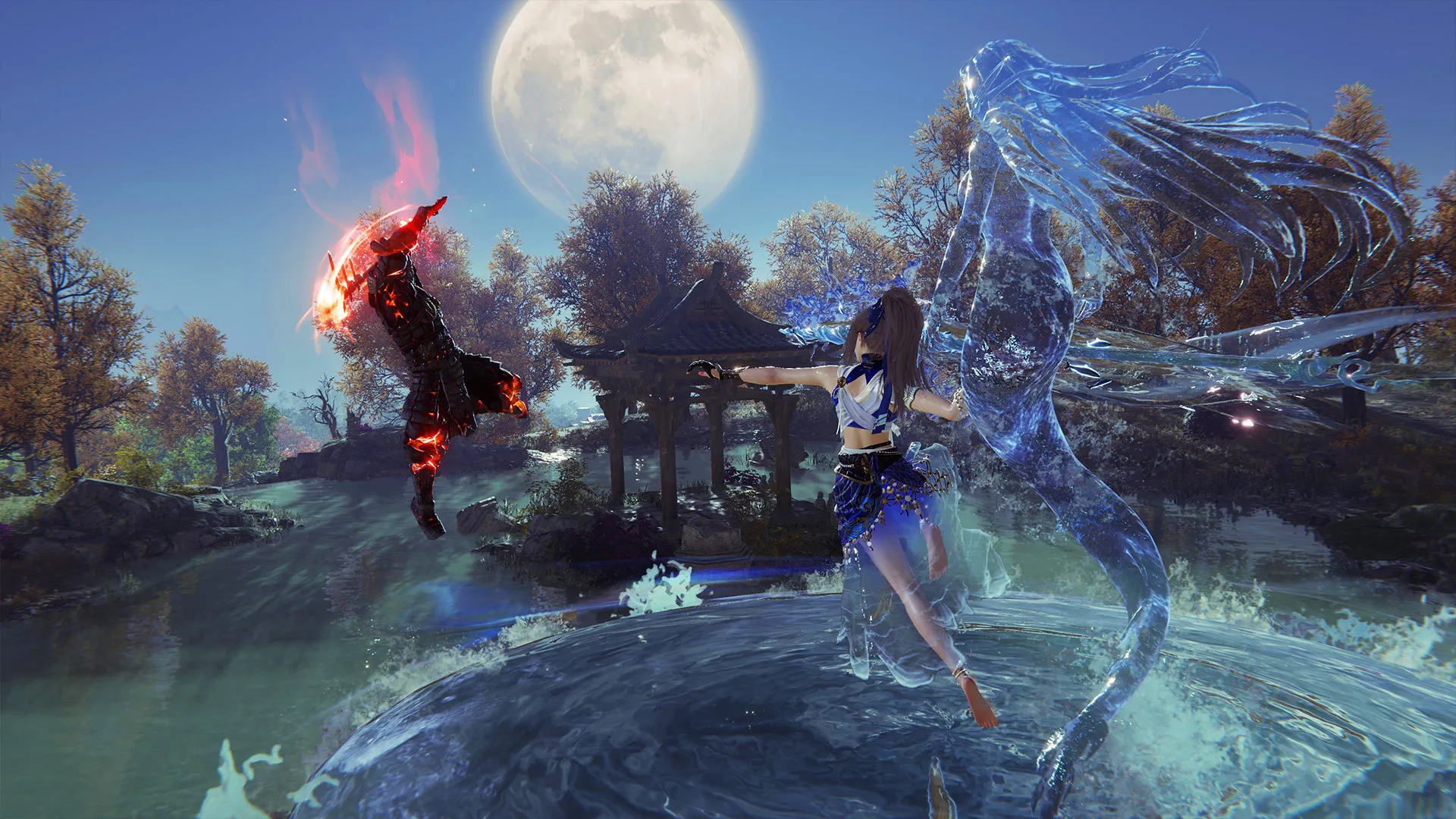
5. Dodge, Parry, and Counter Systems
The dodge and parry mechanics reward precise timing and anticipation. Every movement can be punished or rewarded depending on situational awareness.
Offensive Counters
Players can feint attacks, bait dodges, and punish overextensions.
Defensive Mastery
Learning enemy patterns and effectively timing parries can turn a defensive play into a counteroffensive opportunity.
6. Grappling & Melee Synergy
Advanced players often combine grappling mechanics with melee strikes. For example, grappling an enemy mid-air or using a hook to reposition behind them for a strike.
Surprise Tactics
This synergy rewards creativity and punishes predictable behavior.
High-Level Strategy
Mastery requires understanding timing, distance, and opponent tendencies to chain attacks effectively.
7. Map Awareness and Spatial Control
Because of mobility options, map awareness is paramount. Controlling choke points, high grounds, or vertical paths determines engagement success.
Tactical Observation
Players must constantly assess terrain, anticipate enemy movement, and adapt their pathing.
Environmental Advantage
Use of grappling and parkour to control vantage points can decisively influence fight outcomes.
8. Character Choice and Movement Styles
Different heroes have distinct mobility stats, abilities, and movement perks. Choosing a character aligns playstyle with preferred combat fluidity.
Mobility-Oriented Characters
Some heroes excel at grappling and rapid repositioning.
Combat-Oriented Characters
Others may trade vertical speed for stronger melee attacks or ranged abilities, forcing strategic adaptation.
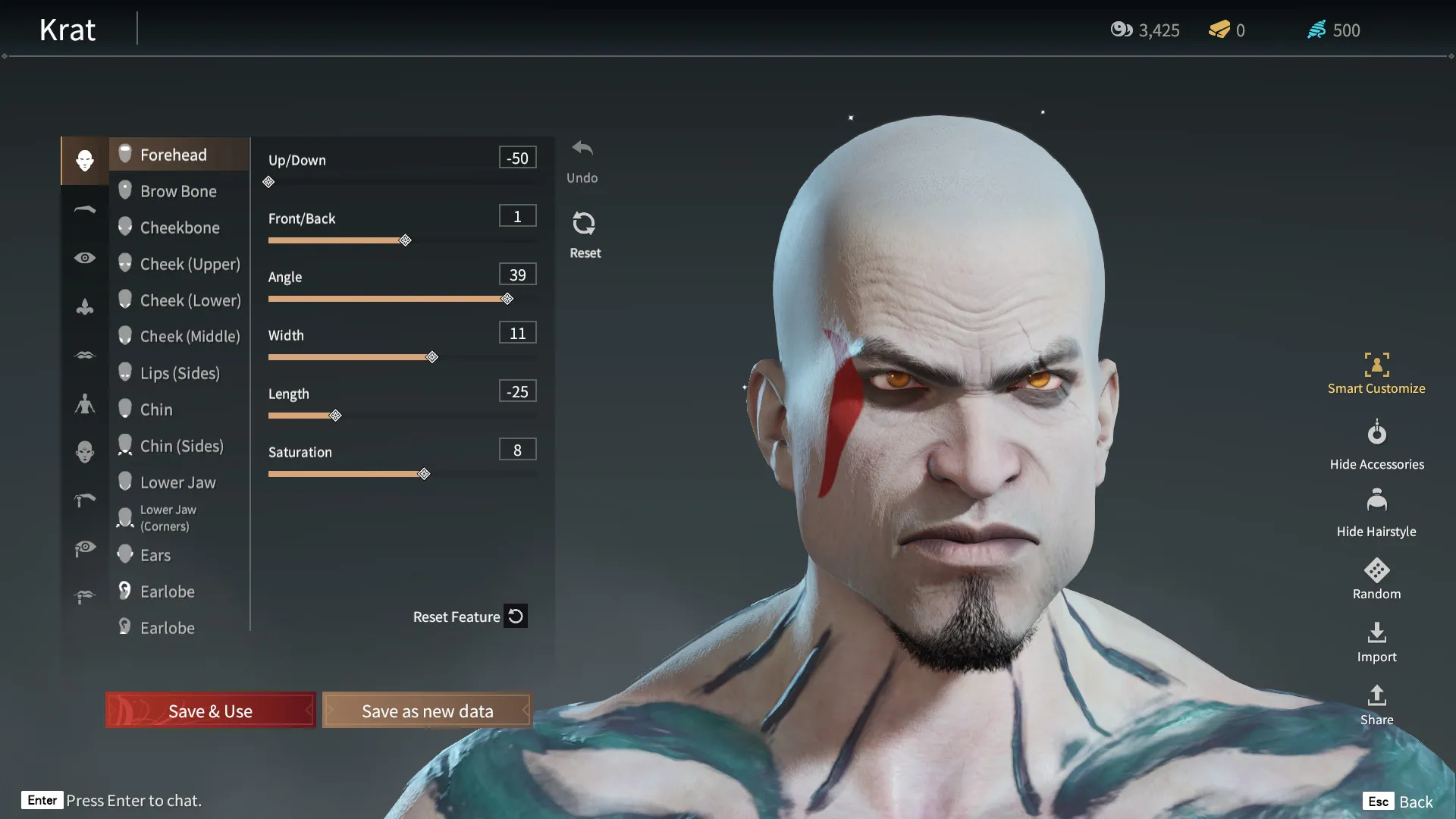
9. Competitive Implications and Player Skill
High-level play rewards mastery of fluid mechanics. Tournaments and ranked matches emphasize movement, timing, and environmental manipulation.
Skill Expression
Advanced players demonstrate aerial attacks, chaining dodges and grapples, and dominating terrain to control matches.
Meta Evolution
The meta evolves around mobility advantages, weapon synergy, and map knowledge rather than raw power alone.
10. Training and Mastery Curve
Mastery of NARAKA requires deliberate practice. Players must develop reflexes, spatial awareness, timing, and adaptability.
Incremental Learning
Beginners start with basic grapples and parkour, then gradually incorporate complex combos and environmental strategies.
Rewarding Progression
Successful mastery translates directly into higher survivability, tactical dominance, and enhanced enjoyment.
In NARAKA: BLADEPOINT, mobility and combat fluidity are inseparable from success. Grappling, parkour, and adaptive weapon systems transform the battlefield into a dynamic playground, rewarding skill, creativity, and strategic thinking. Players who master movement and fluid combat gain not only tactical advantage but also the freedom to engage in highly expressive gameplay.









